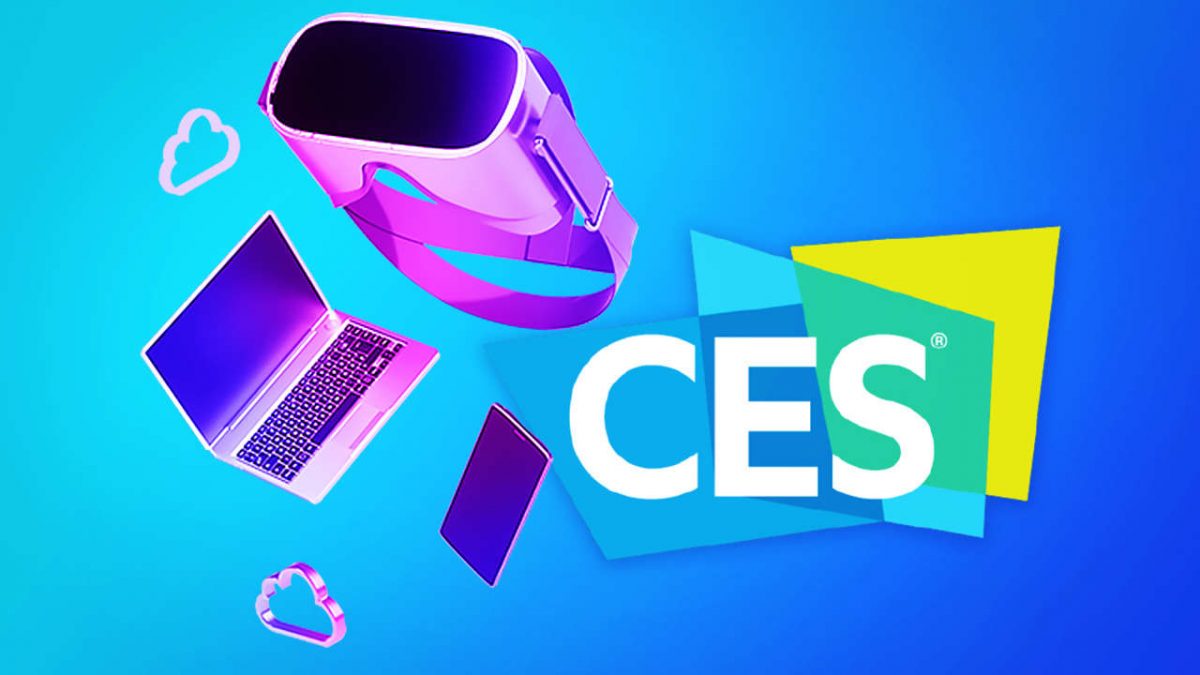The Consumer Electronic Show (CES) is a yearly expo held in Las Vegas where all manner of technology is shown to the world. CES has become mostly a marketing event for companies to show off their wares to journalist. Many of the devices and technologies shown will never make it to market, they are demos, prototypes, concepts, and gimmicks. Due to the nature of the event many companies angle for a viral reaction so devices can range from the bizarre to the impressive to the cute to the wildly useless.
CES blows my mind in several ways, the first is just the sheer size. The show hosts over 4500 companies across 11 venues totaling 2.9 million square feet of exhibition space. This means that no single person can hope to see even a fraction of the companies there. I have never gone and I am not sure it would ever make sense to go. Teams of journalists take on areas of their beat and try their best to cover it. This is the main fuel for viral coverage because journalists share their must-sees but is still the best way to know what was being shown.
The other way CES blows my mind is some of devices and technologies that are on display. Everything from eSports to food tech to automotive. Here are some highlights:
Wearable technology has been on an upward trend since the release of fitness trackers, smart watches, and wireless headphones. More smart watches seem to be moving away from trying to be a phone on your wrist and instead are meant for giving people health data using advanced sensors. Here are two examples. This is a smart move as there will be a trend away from notifications of all kind and the strongest use case for wearable tech is health and fitness. I personally also like to see a move of watches to longer battery life.
I mentioned that many concepts or prototypes are shown at the show and the Toyota Woven City is a great example. The idea of creating a city to be a lab for new technologies is not a new idea and other companies are trying to do the same thing. Still I like to see this kind of ambitious plan to see how disruptive technologies can work divorced from the momentum of our lives and society.
On the edge of improbable and interesting was this set of chef robotic arms from Samsung. Assistive technologies come in many forms and one area with still a ton of growth potential is direct physical tasks. It is one thing to ask a voice assistant how many tablespoons are in 1/8 of a cup but it is next level to ask a robot to chop the onions while you saute in a pan. I love to cook and devote a lot of my time to cooking but many people lack either the time, knowledge, and/or motivation to cook for themselves. With trends in the food space of moving away from processed foods and with the lack of success of meal prep deliveries the answer may be other assistive technologies like this one.
There were of course foldable phones, insane TVs, and the best example of the useless but viral device was the Charmin Rollbot. Don’t worry about how it would open the bathroom door or refill its roll, just realize that there are areas of life that don’t need just-in-time inventory.
